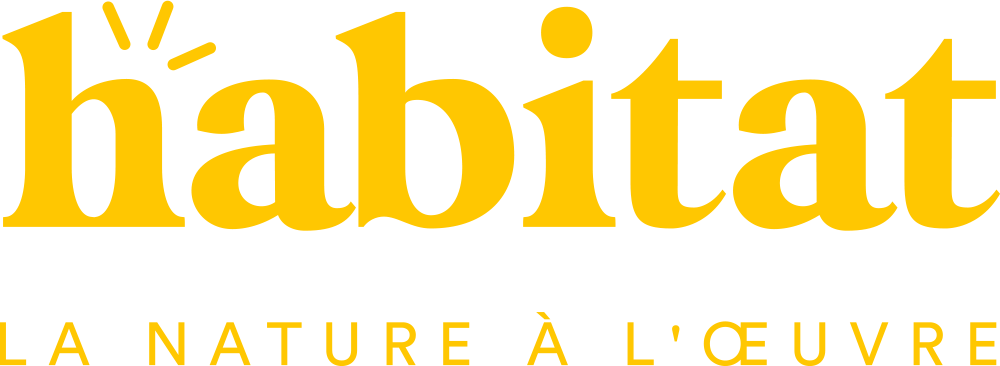Improving the resilience of the Rosemère urban forest
The Town of Rosemère commissioned us to draw up a portrait of their urban forest and assess its resilience. Our team also proposed a planting strategy to meet the long-term conservation and enhancement objectives of their urban forest. This report will enable the city to integrate this information into their urban forestry master plan.
Beyond the ecosystem services provided by trees, such as carbon capture or air purification, the improvement of the urban forest supports the quality of life of human beings through the benefits it provides to society. Indeed, they contribute to our health and well-being through their aesthetic, recreational and heritage functions. It is therefore important to have urban forests that are resilient to global change.
Results
This interactive map lets you visualize the results of our analyses, including the characteristics of the city's urban forest and public trees, such as the species, functional group or ecosystem services they provide. It also provides the functional diversity index and the canopy index. The first index corresponds to the effective number of functional groups. Tree species are classified into 9 functional groups based on similar biological characteristics. An index below 5 is considered low or very low, while an index above 7 means that the functional diversity of the area is high or very high. The higher the diversity, the more the forest will be able to cope with a wider range of disturbances, since each functional group reacts differently to a given type of stress. Finally, the canopy index indicates the amount of ground shade provided by trees. In the event of a heatwave, trees will provide important pockets of coolness for the population.
In concrete terms, we are proposing to the Town of Rosemère a planting strategy based on two major orientations, each accompanied by very specific objectives and actions.
-
Objective #1: That all sectors of Rosemère have a diversified canopy at the specific, functional and structural level in order to maintain the production of ecosystem services over time.
Action #1: Maximise functional diversity in all areas of the city.
Action #2: Increase specific diversity in all sectors of the city.
Action #3: Promote species that are tolerant to biotic and abiotic threats.
-
Objective #2: That all citizens of Rosemère can observe trees from their homes and have access to a high canopy index.
Action #4: Increase Rosemère's overall canopy index to 45% by 2045.
Action #5: Increase urban tree planting particularly in residential areas where the canopy is below 30% and tree density is lower.
Action #6: Inform, raise awareness and educate the population on the importance and benefits of trees.
Action #7: Pursue municipal grants and programs to encourage tree planting.
Action #8: Know your private trees.
Action #9: Enforce tree regulations.
Objective #3: That the area and intensity of urban heat islands are reduced.
Action #10: Continue efforts to protect and develop natural environments in order to benefit from cool islands throughout the territory and in particular near urban heat islands.
Action #11: Implement demineralisation and greening projects in partnership with the private and institutional sectors.
Action #12: Promote green roofs and climbing vines on walls in commercial and school areas.
Press release
ROSEMÈRE, June 15, 2022 - In response to concerns expressed by citizens during recent public consultations in 2019 and 2020, the Town of Rosemère today unveiled the first phase of its Urban Forestry Master Plan, which aims to promote the resilience of its forest and thus maintain and improve the municipality's tree wealth.
Habitat , an environmental solutions company, has been commissioned to carry out a study to help achieve long-term conservation and enhancement objectives for the Rosemèroise forest.

